Restore An Old Cutting Board

I’ll show you how easy it is to restore an old wood cutting board. We’ll walk through how to clean a wooden cutting board, and how to condition a wooden cutting board.
I am not one of those who usually gets lucky in thrift stores or garage sales. But, on a recent thrift store foray, when I had a list of items that I was looking for that included an old wooden cutting board and BAM...I found one!
A thick, edge-grain cutting board…with feet nevertheless. With a 14″ diameter and 1 1/2″ thick, it’s a great size and was only $10.00…that really never happens to me. It showed signs of use and was quite sticky, but I was excited to bring it home and restore it.
The first step is to sand it down. When thinking about sanding a wooden cutting board, I thought I should use a medium grit ( sandpaper first. Once I had all the existing finish off the top, sides, and feet, I then used a fine grit ( sandpaper to smooth it down further. For the fine sandpaper, I used my orbital palm sander. I wasn’t interested in removing all the scratches and cuts…I like the character they add.
- Because I didn’t know the history of this cutting board, (i.e. whether it had been used to cut meat or poultry) I needed to sanitize it before I could use it.
- Bleach wasn’t an option I wanted to use, so instead I used the less caustic hydrogen peroxide. I placed the cutting board in my sink and covered it with hydrogen peroxide and let the peroxide sit until it stopped fizzing then scrubbed the surface with a scrub brush. This is an important step when you restore an old wood cutting board. If you are more comfortable using bleach, I have read that you can use a diluted solution (2 TBs/gallon of water) of bleach to sanitize your wooden boards.
- It was interesting that each time I poured the hydrogen peroxide, it would fizz in the same area.
- I repeated this process until the hydrogen peroxide no longer fizzed…which was 4 times at which I was comfortable moving on to the next steps.
- Then I poured white vinegar over the whole board and sprinkled baking soda over it. With a scrub brush I scrubbed the entire board; top, bottom, and sides.
- I rinsed it and let it dry for 24 hours.
- Once it was all clean and dry, I hit it again with the orbital sander with fine sandpaper. All the cleaning revealed a few areas that I missed from the initial sanding.
How to condition a wooden cutting board:
- Now for the fun part. I used some existing butcher block conditioner that I have ( John Taylor Butcher Block Conditioner)and my hands and applied the conditioner over the entire board…top and bottom. The old wooden cutting board soaked up the first application of the conditioner in no time, so I repeated it again about 2 hours later and let the board sit overnight. In the morning I used a paper towel to rub off any of the conditioner that hadn’t been absorbed…which wasn’t much. The best way to tell if you have enough conditioner or oil on your cutting board is to drop a few drops of water on it and see if it beads up.
Now that it is refurbished, I apply the conditioner as needed to keep it in good condition.
Enjoyed the project?
Suggested materials:
- Sandpaper (In my garage)
- Wood Block Conditioner (In my cabinet)

Comments
Join the conversation
-
 William
on Jul 03, 2020
William
on Jul 03, 2020
OMG. What a great find and super tutorial. I don't like using bleach. I think the hydrogen peroxide did a better job. The fizzing was probably from organic matter embedded in the board. Like it fizzes when applied to a wound. You did an exceptional job and it looks amazing.
-




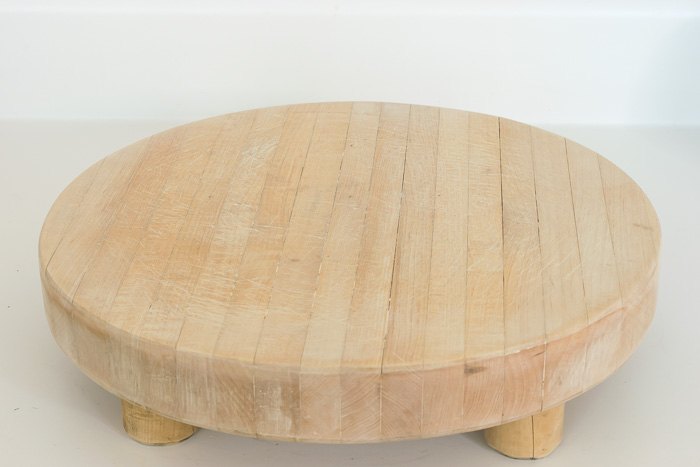


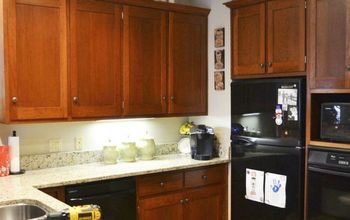
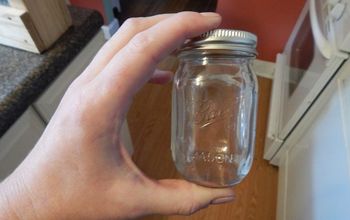



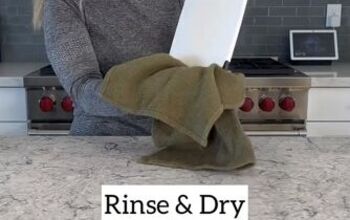
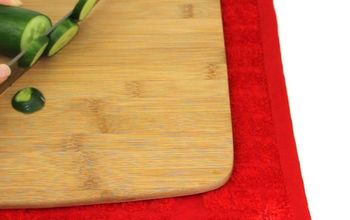

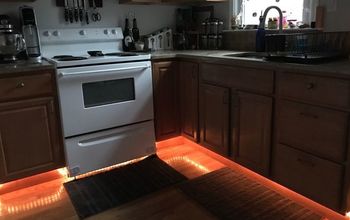
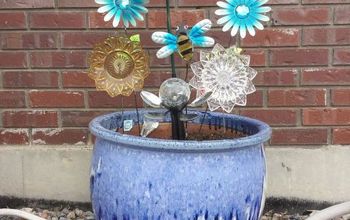

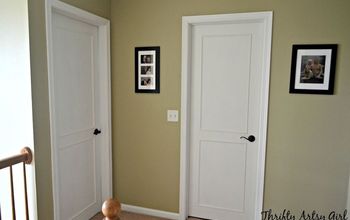


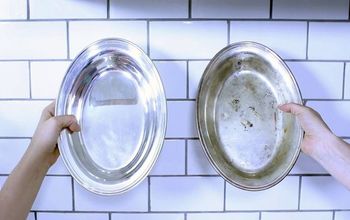

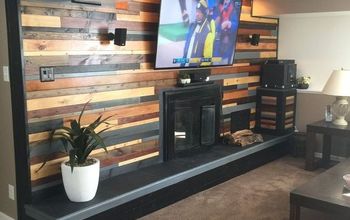





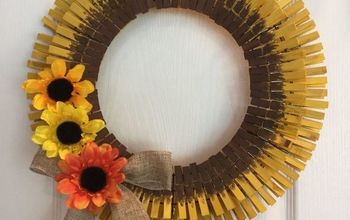
Frequently asked questions
Have a question about this project?